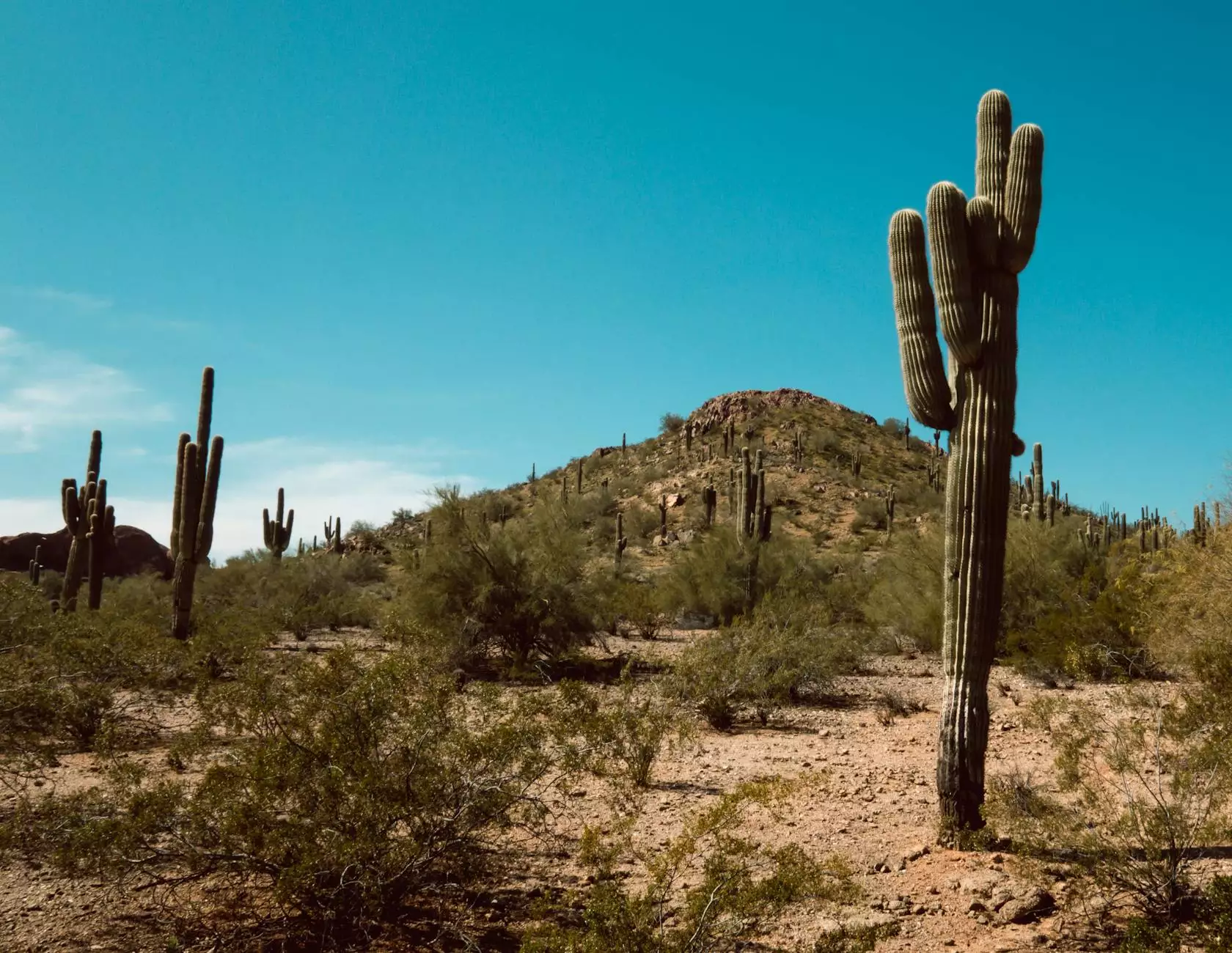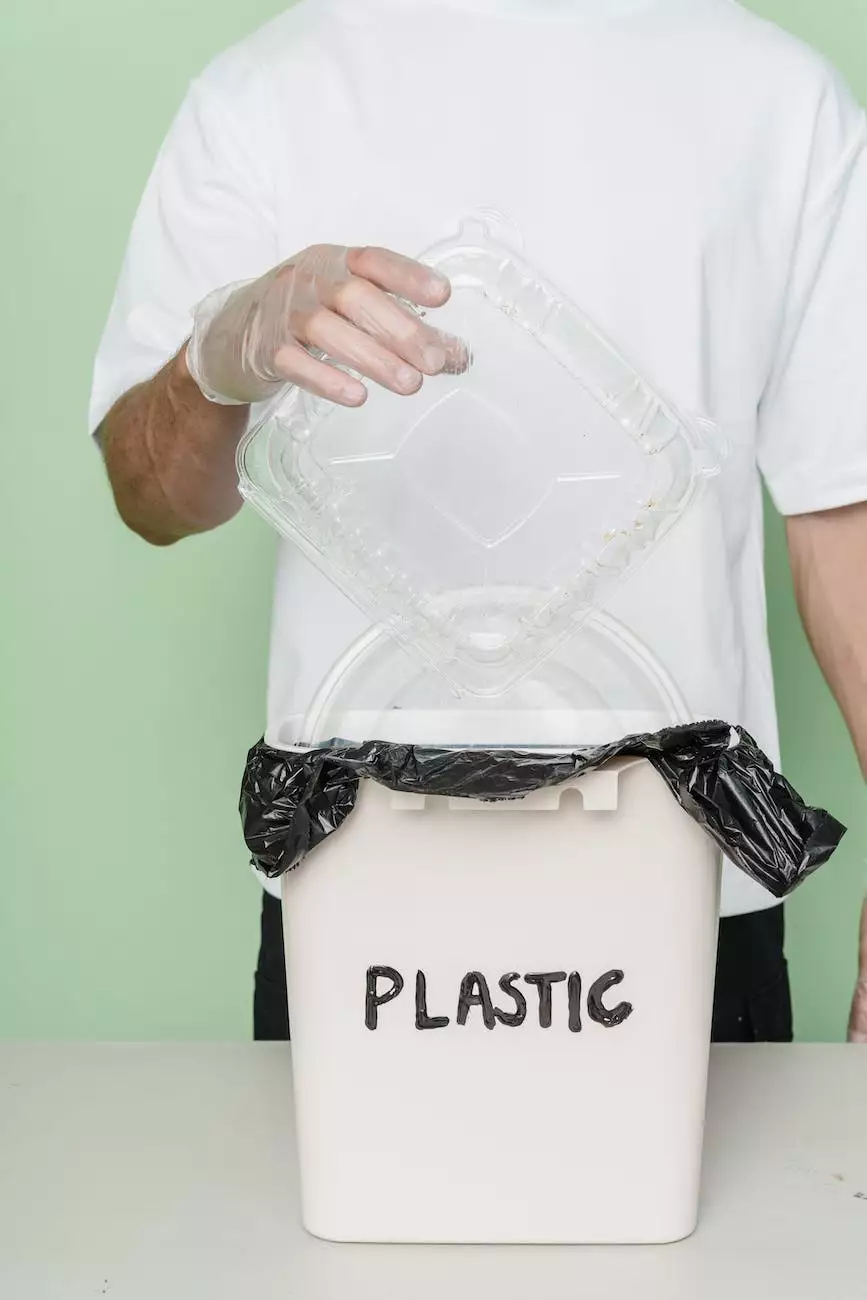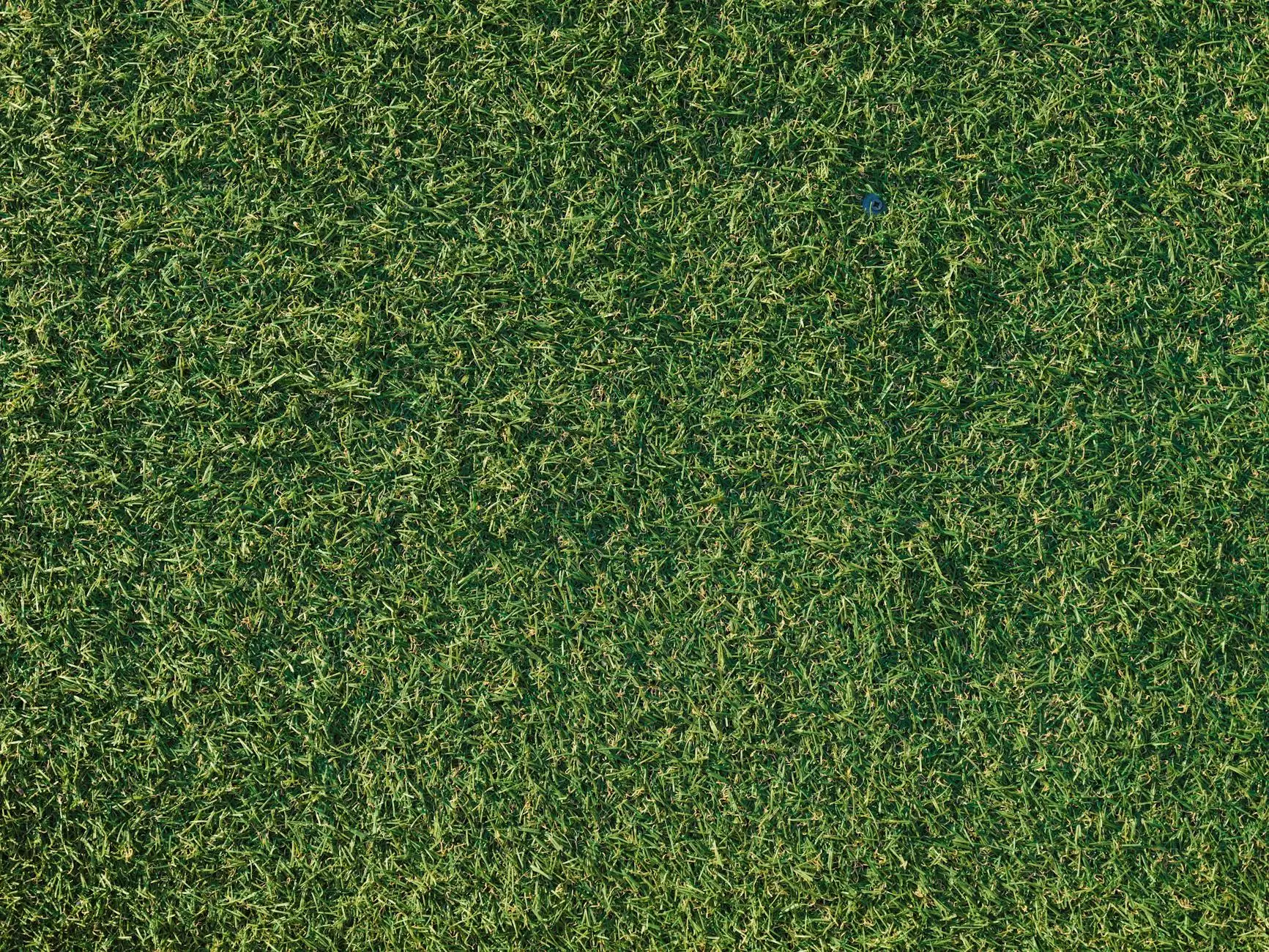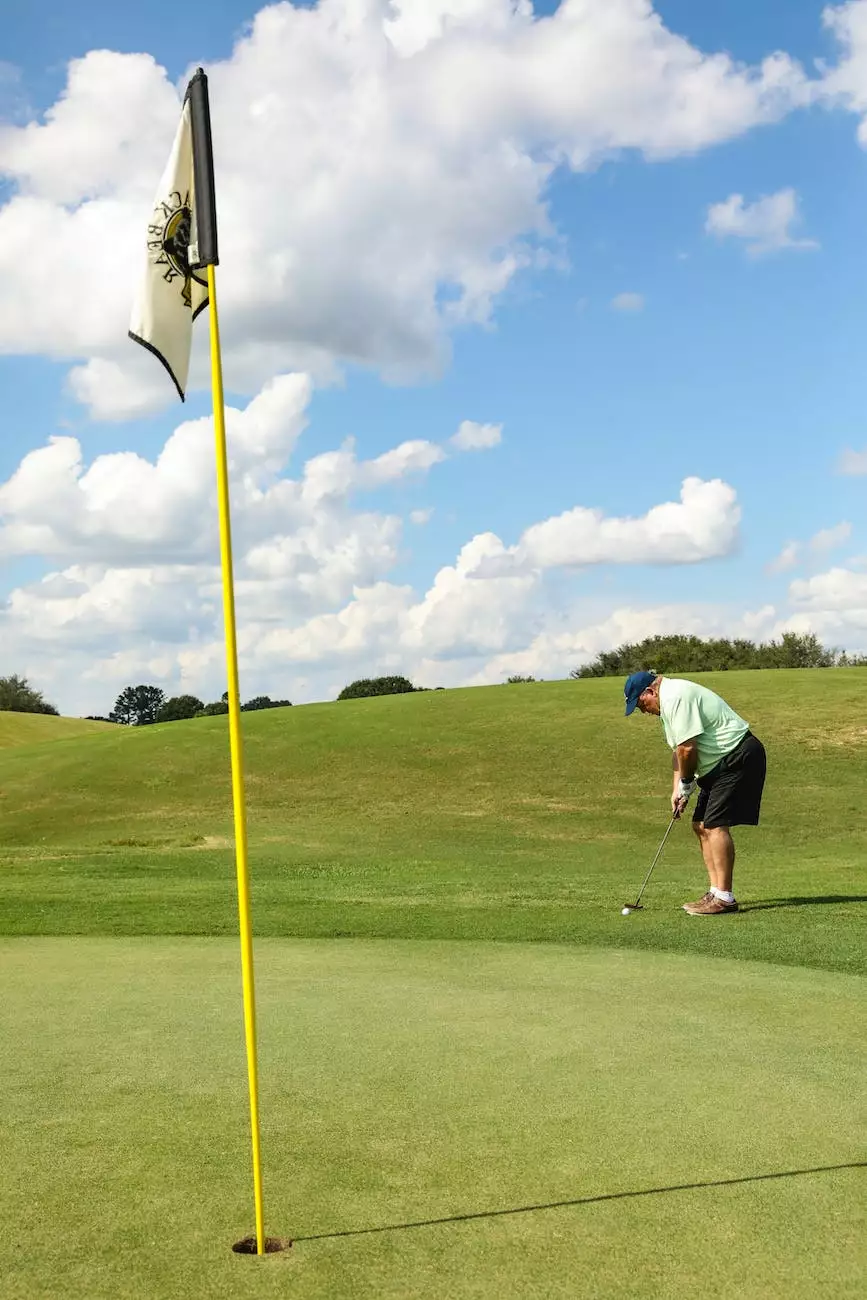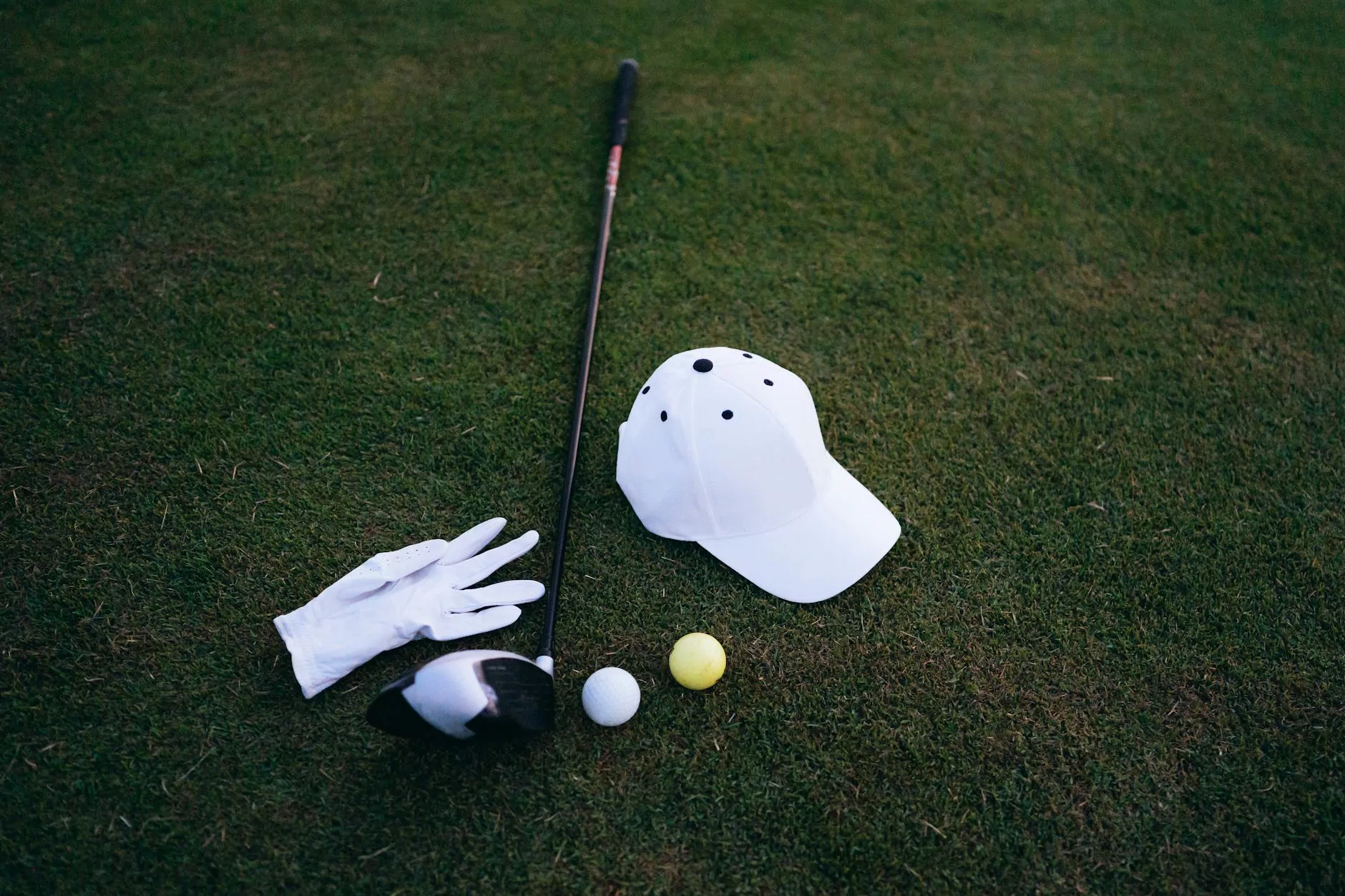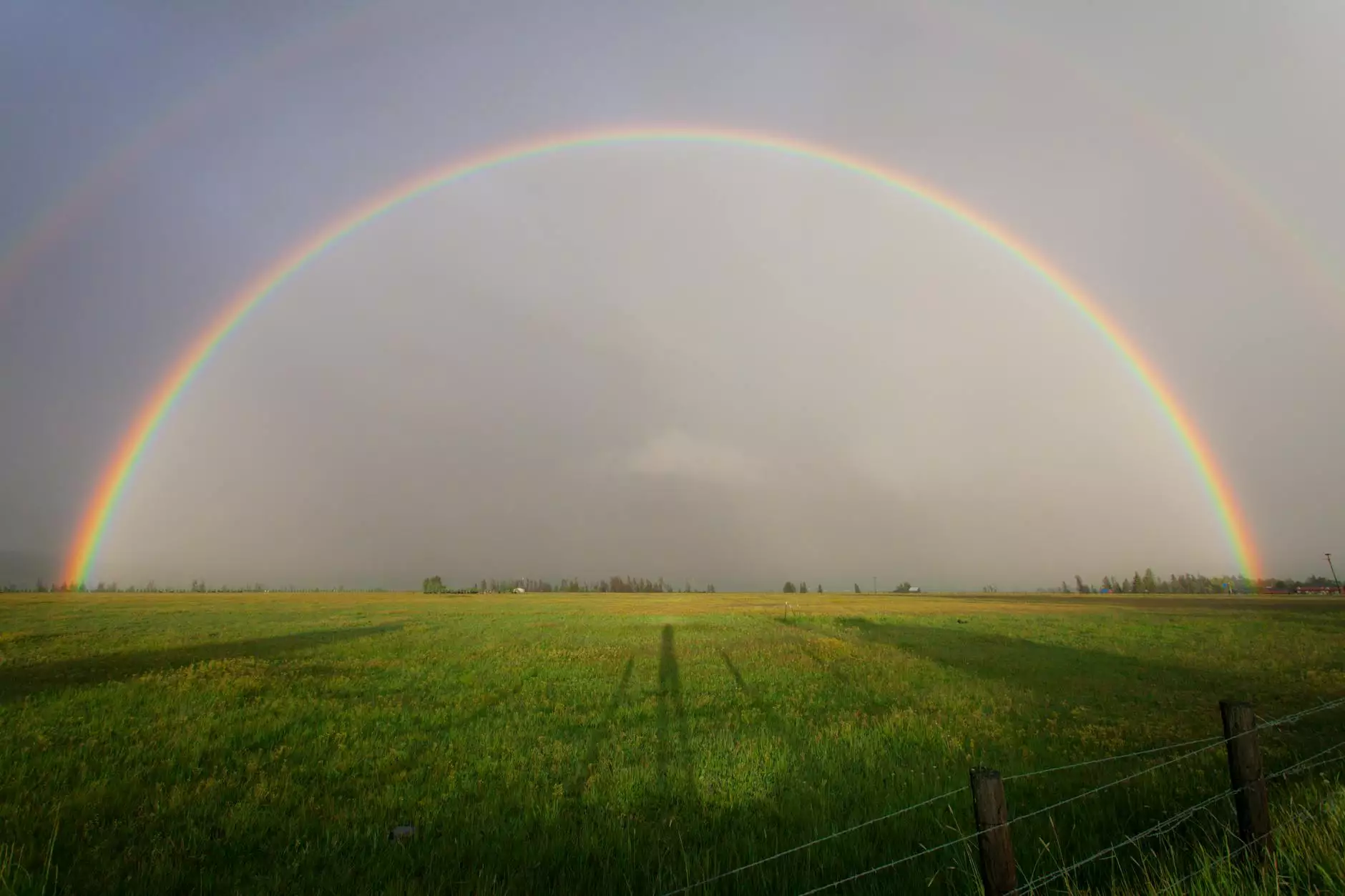My Artificial Lawn Lay Down in Some Areas, Why?
Artificial Grass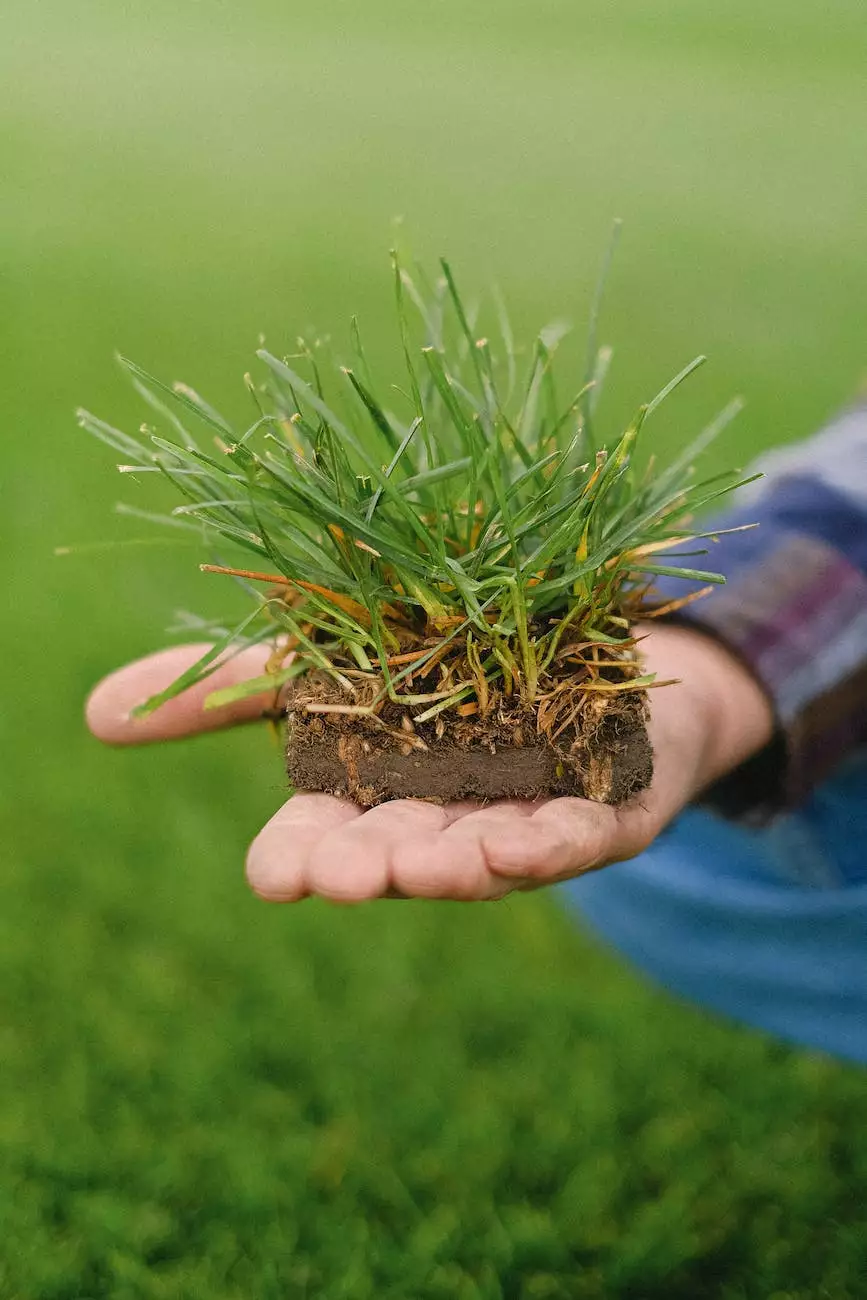
If your artificial lawn has started to lay down in certain areas, it can be frustrating and disappointing. A well-maintained lawn adds beauty to your outdoor space and creates a relaxing environment. However, this issue can be remedied with a thorough understanding of the underlying causes and some effective solutions.
Understanding the Causes
There are several reasons why your artificial lawn may lay down in certain areas:
- Foot Traffic: High foot traffic can cause the fibers of your artificial lawn to flatten over time. Areas with frequent use, such as walkways or play areas, are more prone to this issue.
- Poor Installation: Improper installation techniques, such as inadequate base preparation or incorrect infill application, can lead to uneven settling and cause the turf to lay down in some areas.
- Heavy Objects: Placing heavy objects like furniture or equipment on the artificial lawn for extended periods can cause depressions and prevent the turf from staying upright.
- Maintenance Neglect: Inadequate or improper maintenance can contribute to the flattening of your artificial lawn. Lack of regular brushing, infrequent cleaning, or failure to redistribute the infill material can lead to the matting of turf fibers.
- Environmental Factors: Extreme weather conditions, such as intense heat or prolonged exposure to direct sunlight, can cause the synthetic fibers to lose their resilience and lay down.
Effective Solutions
To revive your artificial lawn, consider the following solutions:
1. Brushing
Regular brushing with a stiff-bristled brush will help lift the flattened fibers and restore their upright position. Brush the affected areas in a gentle sweeping motion, ensuring you cover the entire surface evenly. This process helps to re-distribute the infill and improve the overall appearance of your turf.
2. Replenishing Infill
If the infill material on your artificial lawn has become compacted or inadequate, it's essential to add more infill. Choose an infill material suitable for your turf type and follow the manufacturer's instructions for proper application. The added infill will help support the turf and prevent it from laying down in the future.
3. Reshaping and Resettling
If the turf has settled unevenly or areas have become compressed, it may be necessary to reshape and resettle the affected sections. Gently lift the turf using a flat shovel or turf lifter tool and adjust the base if needed. Ensure the area is properly compacted and level before laying the turf back down and securing it in place.
4. Reducing Foot Traffic
If specific areas of your lawn experience heavy use, consider redirecting foot traffic or providing alternative pathways. Utilizing stepping stones or creating designated walkways can help minimize the wear and tear on your artificial lawn, preventing the fibers from flattening excessively.
5. Shade Installation
In areas with intense sunlight, excessive heat can cause the synthetic fibers to lay down more easily. Installing shade structures like pergolas, umbrellas, or awnings can provide relief from direct sunlight and help maintain the resilience of your synthetic turf.
6. Regular Maintenance
To prevent further issues with laying down of your artificial lawn, it's crucial to establish a regular maintenance routine. This includes brushing at least once a month, rinsing the turf to remove debris, removing any pet waste promptly, and inspecting the lawn for any signs of wear or damage.
By following these solutions and taking proactive measures, you can effectively address the issue of your artificial lawn laying down in certain areas. Remember, proper installation, regular maintenance, and using high-quality artificial turf supplies from reputable suppliers like Metate Industrial Supply are essential for achieving a long-lasting and visually appealing artificial lawn.

